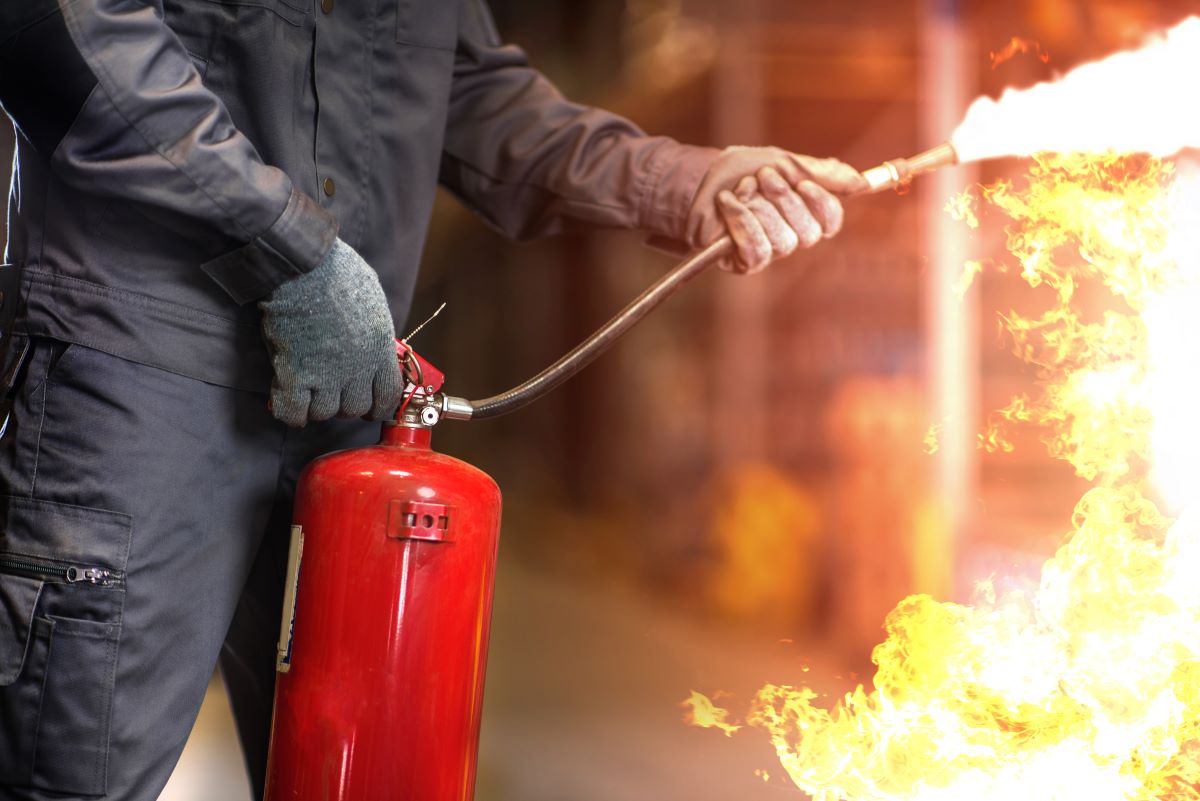
When it comes to fire safety, having the right fire extinguisher can make all the difference. Fire extinguishers are designed to combat specific types of fires, and understanding the different types available is crucial for effective fire prevention and control. In this blog post, we will explore the various types of fire extinguishers and their suitability for different fire classes.
Water Fire Extinguishers
Water fire extinguishers are only used for Class A fires involving ordinary combustible materials like wood, paper, and cloth. They work by cooling the fire and reducing its heat energy. It's important to note that water extinguishers should never be used on fires involving flammable liquids or electrical equipment, as they can cause electrocution or spread the fire.
Foam Fire Extinguishers
Foam fire extinguishers are effective for combating Class A and Class B fires. The foam forms a blanket over the fire, smothering it and preventing re-ignition. These extinguishers are suitable for fires involving flammable liquids, such as petrol, oil, or paints. However, they are not suitable for electrical fires.
Carbon Dioxide (CO2) Fire Extinguishers
CO2 fire extinguishers are primarily used for Class B and electrical fires. Carbon dioxide is a clean and non-conductive gas that displaces oxygen, effectively suffocating the fire. These extinguishers are ideal for areas with sensitive electrical equipment or flammable liquids. However, they should not be used in confined spaces, as the rapid discharge of CO2 can create a risk of suffocation.
Dry Chemical Fire Extinguishers
Dry chemical powder fire extinguishers are versatile and can be used for different fire classes, including Class A, B, and C fires. These extinguishers work by interrupting the chemical reaction of the fire and creating a barrier between the fuel and the oxygen. However, the residue left by the powder can be corrosive, so caution must be taken when using them in sensitive areas or around electronics.
Wet Chemical Fire Extinguishers
Wet chemical fire extinguishers are designed for Class K fires involving cooking oils and fats. They work by forming a soapy solution that cools the fire and creates a barrier to prevent re-ignition. These extinguishers are commonly found in commercial kitchens or places where cooking occurs. They are not suitable for other fire classes.
Specialized Fire Extinguishers
In addition to the common types mentioned above, there are also specialized fire extinguishers designed for specific applications. These include fire extinguishers for flammable metals (Class D fires) or Halogenated Agents used for sensitive electronics. These specialized extinguishers are often found in industrial settings with these specific hazards.
Inspect And Maintain
Understanding the different types of fire extinguishers is essential for selecting the right tool to combat a fire effectively. Whether it's a water extinguisher for ordinary combustibles or a foam extinguisher for flammable liquids, having the appropriate fire extinguisher for the specific fire class can significantly enhance fire safety. Remember to have a Koorsen Fire & Security professional regularly inspect and maintain your fire extinguishers to ensure they are in proper working condition when emergencies strike.


